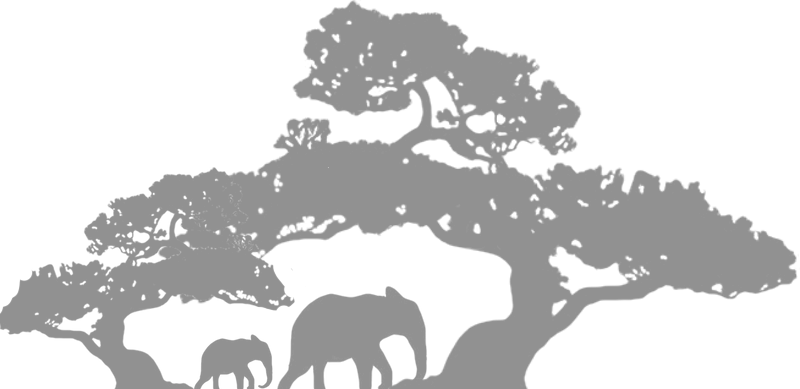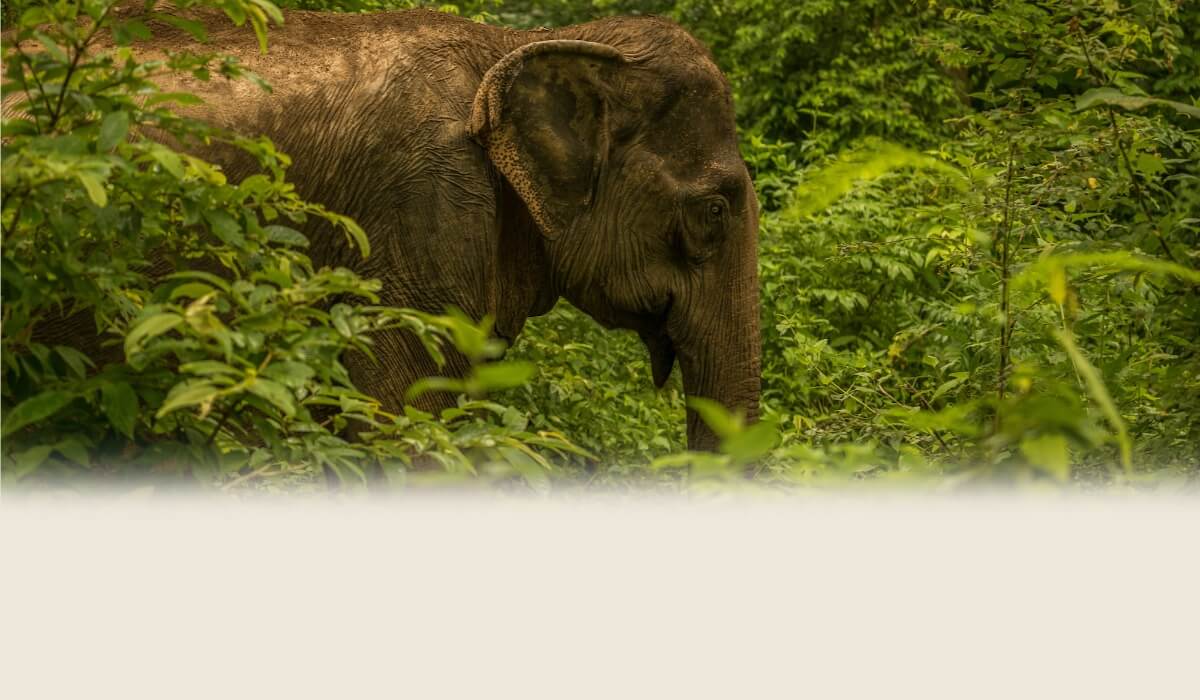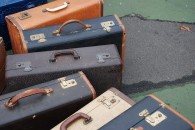Travelling through Southeast Asia is an exciting experience that you will never forget, just ask those who have already done so! However, packing for this far away land is something that many people do not have experience in. No matter how many websites you read or friends you ask, you never know what you should pack until it is too late.
I was thinking of writing a list specifically tailored towards Laos, but I thought that actually many people travel all over Southeast Asia so why not try to generalize. It also helps that the seasons and weather are not drastically different from each other!
Southeast Asia’s top tourist sites are usually hot, sticky and wet. You really should consider packing light, loose cotton clothing, which is really great at keeping you comfortable in the heat, but also all year round.
It is really important to respect the local culture of the countries you visit and to remember that even though they are all mainly Buddhist, different countries have different ways of showing respect. However there are some general rules of thumb that can be followed to help you. For example wear clothes that cover your shoulders and legs when visiting temples, mosques, or churches. This is especially important for women.
Rain or Shine?
Between April to May, most of Southeast Asia is usually hot and dry. From the end of May to October, the monsoons arrive and creates an extremely rainy and humid (read sticky!) environment. The rains then subside to create cool, dry winds from November to February. It is no surprise then that the high seasons of Southeast Asia are between the cooler months.
Most places in Southeast Asia follow these three seasons in general, but please remember that certain areas have fairly variable micro-climates, Luang Prabang being one such place.
If travelling during the rainy season season, consider leaving the that heavy parka at home because you can usually buy very cheap and light disposable ones here. They kind of look a bit like transparent bin bags with a hood, but they are deceptively good! Remember to bring sandals with heel straps and a good grip as well as some light weight trekking shoes. One more thing to remember for the rainy season; get an umbrella. That may be the most obvious piece of advice you have ever heard, but I have seen many a tourist walk by stacks of umbrellas for sale and not buy one because they are on a budget. However you will not regret this purchase, trust me on this one.
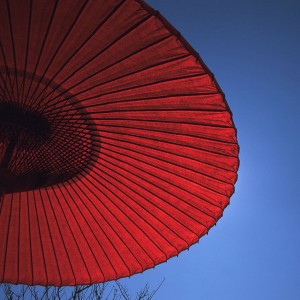
Photo by Joi Ito
Are you travelling during the sunny months? If so, bring a hat and sunglasses to keep away the nasty but vastly underrated heatstroke. Bring light cotton clothes, sandals, and flip-flops. Flip flops will be your main feet protectors during your travels here, so invest in some really good ones. However, you can also just buy your clothes at your destination. If you’re staying in or near a city, there are usually many street markets that sell cheap clothes. Be warned though that if you are considered quite a large person or are a rugby player you may not find clothes that fit, so invest beforehand.
Also, make sure to pack some UV sunglasses or invest in some good ones before you come because I can assure you that you will be wearing them for most of your stay. The ones you can buy on the street generally do not have UV protection which protects your eyes in the long term and I think it is safe to say that human beings enjoying seeing things.
If you are travelling in the cool seasons, bring warm clothing – warmer if you’re headed to higher elevations. Relevant side story: I first arrived in Luang Prabang at the start of November when it was still hot and I was told to prepare for the cold. Being a good non advice heeder, I ignored this and continued to buy t shirts and shorts and paper thin shirts. Then it got cold, and then a bit colder and then suddenly I found myself shivering in front of a fire wishing I wasn’t an idiot.
All the warm weather clothes either increase in price or are sold out, so just consider this if travelling during this season.
Exploring the city, relaxing on the beach, or trekking in the mountains?
Cities are hot. they tend to be less cool in the cool seasons, and hot summer months are like running in a sauna. Light cotton or linen clothing should help (a bit).
The problem is that cities have many people which generate heat, cars and lorries with hot engines and exhausts and air conditioning units that blast out hot air into the atmosphere. Basically a modern Southeast Asian city make a hot place even hotter.
Beaches are hot. They may have a nice fresh breeze blowing from the sea, but they are basically a great, big solar panel directing the sun onto you. Apart from the summer clothes already mentioned, bring or buy a towel, flip-flops, and something to cover your body like a sarong or shirts and hats etc. Use sun cream. I will repeat that, use sun cream.
Mountains are cold. Higher elevations tend to be cool in the summertime and turn into a fridge in the cold months. Bring warmer clothing, like a fleece jacket.
Miscellaneous
Travel Documents
Protect your important travel documents from theft. Copy them 3 times, staple the photocopies together and pack each copy in separate locations. Or if you are tech savvy, can scan them and keep the files in an online storage service for easy printing when you need them. Pretty much everywhere nowadays has internet access.
Pharmaceuticals and Toiletries
Make sure to get the relevant vaccinations before you come. Most last a lifetime and it is better to be safe than sorry.
Pharmacies in urban areas sell things like shower gel, suntan lotion, deodorant, toothbrush and toothpaste,shampoo and so on, so you don’t have to allocate half of your precious luggage space to large sizes of these things. While medical supplies are also easy to find in cities, you will need to remember any prescriptions and medications you need, just to be sure.
If you do bring your own prescription drugs, bring the prescription with you as well.
Bring toilet paper for the eventual emergency, and soap or anti-bacterial gel for use afterwards. Although I do not use it anymore, I would recommend anti-bacterial gel to travelers because it can really cut down the chances of diarrhea and other horrible illnesses.
Mosquito repellent is also highly recommended. There are lots of different natural ones to choose from, but DEET is usually the one that is scientifically tested.
Electronics
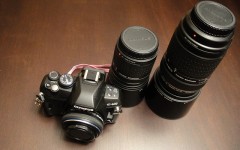
Photo by Calgary Reviews
Electrical outlets in most Southeast Asian countries use different voltages. Bring a transformer or adapter if your electronics don’t play nice with the local electricity. Bring extra batteries and memory cards, in case you go someplace where you can’t buy replacement stocks.
One piece of sage advice I will share is to remember to alternate the memory cards of your camera daily so that if it gets stolen, you still have some memories left over. If you have brought your laptop along for the ride, you can back up daily as well.
Extra Luggage
You will end up buying a lot of stuff. A lot of highly important things such as that amazing bamboo iPhone speaker in the night market, or that thing that looks like it would be the an amazing objet d’art for your desk at work. Or even that mask that you can hang on the wall to help create witty anecdotes for years to come.
So there you go, of course there is much more that you can bring but this is just a general list of things you should consider when travelling around Southeast Asia.
By Harry Bloom

